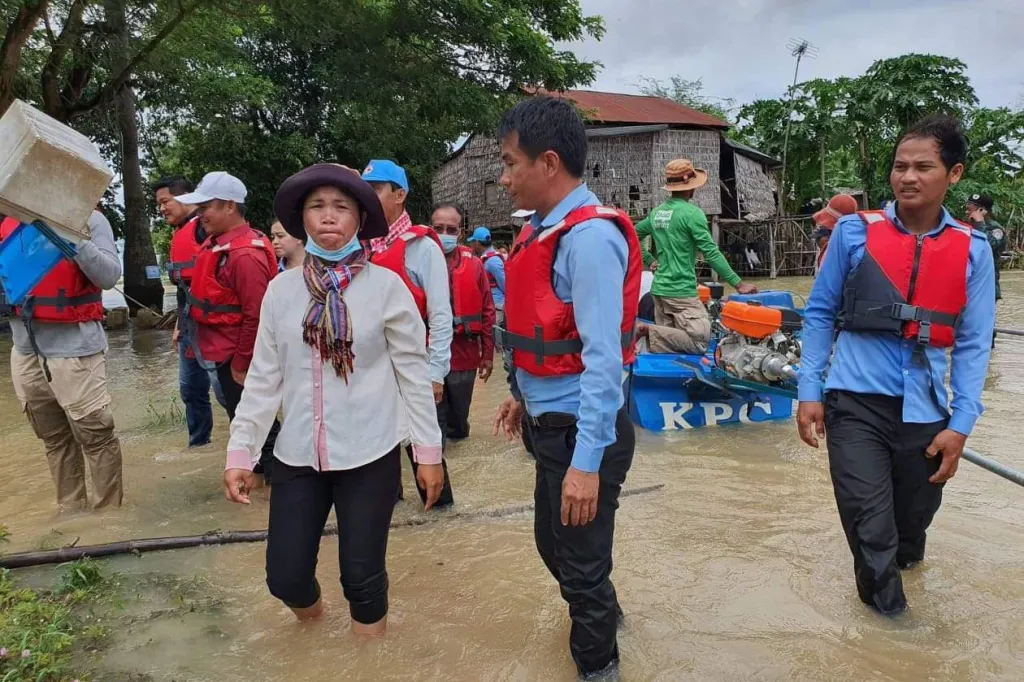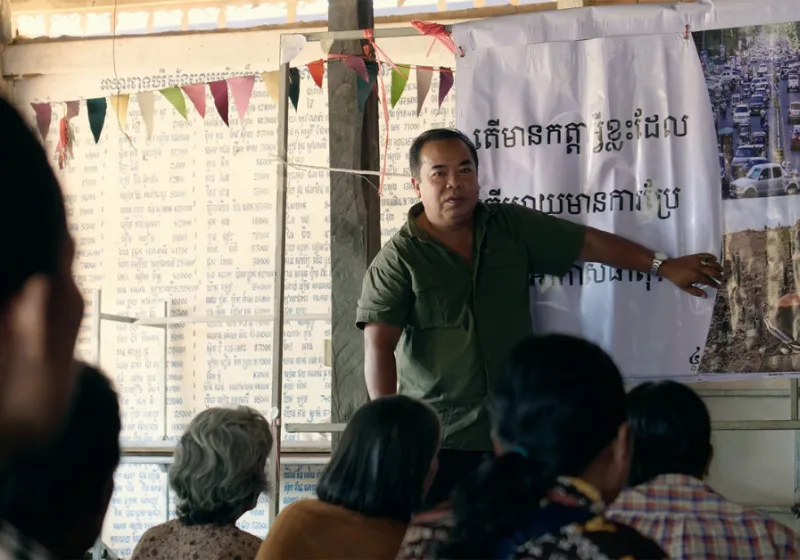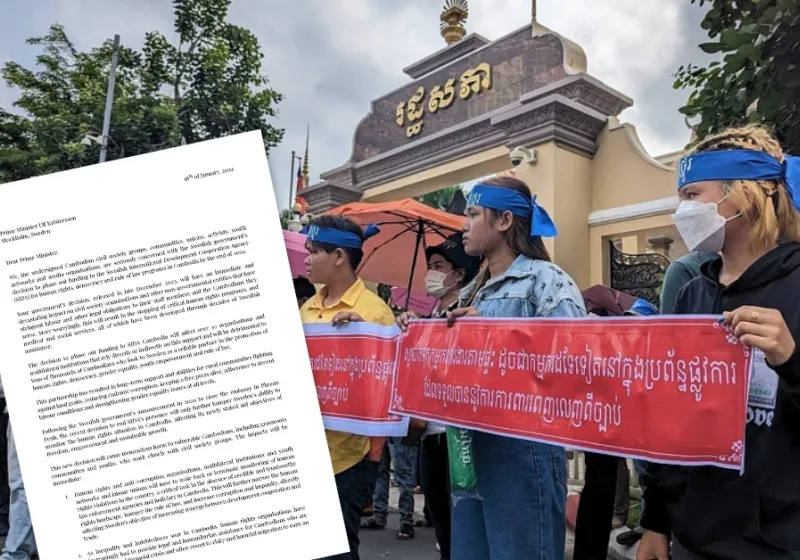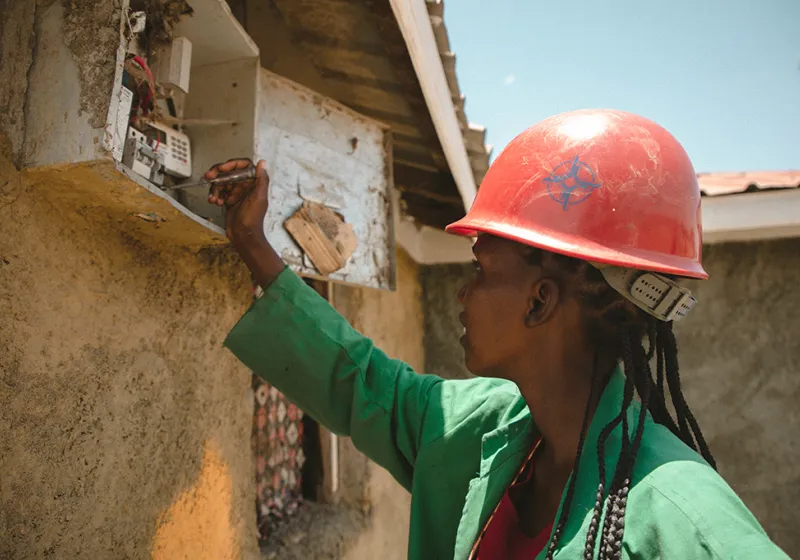The Our Tonle Sap project

The Tonle Sap Lake is famously flooded and drained annually by the Mekong River, although it receives one third of its annual water balance from 27 main tributaries that flow from the surrounding watershed through floodplain forests, grassland and agricultural land and into the lake. The lake disproportionately important for biodiversity, inland fisheries, community livelihoods, well-being and culture. However, many of the world’s largest lakes are rapidly disappearing owing to climate change, damming for hydropower, and diversion of tributaries for agricultural irrigation. Rapid, recent changes in the hydrology of the Tonle Sap Lake indicate that these same drivers may cause the Tonle Sap to be added to the list of lost, large lakes. We must seize the opportunity to build resilience in ecosystems, communities and biodiversity to avoid a human and ecological catastrophe.
Build resilience in ecosystems, communities and biodiversity
Since the late 2000’s, concerns have been raised about the impacts of climate change and hydropower development in the Mekong River on the hydrology, habitats, fish and biodiversity of the Tonle Sap Biosphere Reserve (TSBR) of Basin. In the TSBR, where nature has not yet been lost, the same could be achieved by rapidly adopting appropriate mitigation and adaptation measures to build resilience in ecosystems, communities and biodiversity, and putting in place the appropriate governance landscape to avoid the worst impacts of development and begin to restore habitat. We will address emerging issues in the TSBR by building resilience to change in ecosystems, communities and biodiversity, and bring hope for the future to the TSBR.
ForumCiv manages small grants facility that supports four local non-governmental organizations to build capacity of community based organizations working on Natural Resources Management (NRM) in the Tonle Sap Biospear Reserve and supports commune councils to integrate adaptation measures to respond to environmental change.
Project overview
ForumCiv is one among seven organizations as co-applicants together with Wildlife Conservation Society (WCS) won Lot 4 of EU funding programme, “Integrated landscape management in the Tonle Sap Biosphere reserve (TSBR).”
The Our Tonle Sap project, covering a period of 4 years from 2021 to 2024, are working with community fisheries and community protected areas in six provinces around the Tonle Sap lake.
ForumCiv and 4 local non-governmental organizations work with 32 community based organizations (31 community fisheries and 1 community protected area) in six province around the Tonle Sap lake.
Period/duration: 2021–2024
Project goal: Resilient ecosystems, communities, and biodiversity are able to withstand rapid environmental change in the Tonle Sap Biosphere Reserve.
Objectives:
- Enhance management and restoration of critical habitats to facilitate resilience to environmental change.
- Improve governance and policy to reduce drivers of environmental change.
Expected outcomes:
The project will achieve this through working simultaneously across multiple scales with government, communities, and the private sector. The action will adopt an integrated landscape approach that directly mitigates the impacts of the drivers, by improving management effectiveness, reducing incidence of fires, replanting flooded forest, and supporting communities to develop ecologically resilient livelihoods in the TSBR. Importantly, the project will also address the drivers of change where possible, by improving governance and policy.
Targeted community based organizations will be supported capacity and facilitated to integrate adaptation to environmental change into local livelihoods and natural resource use.
Funded by: EU



